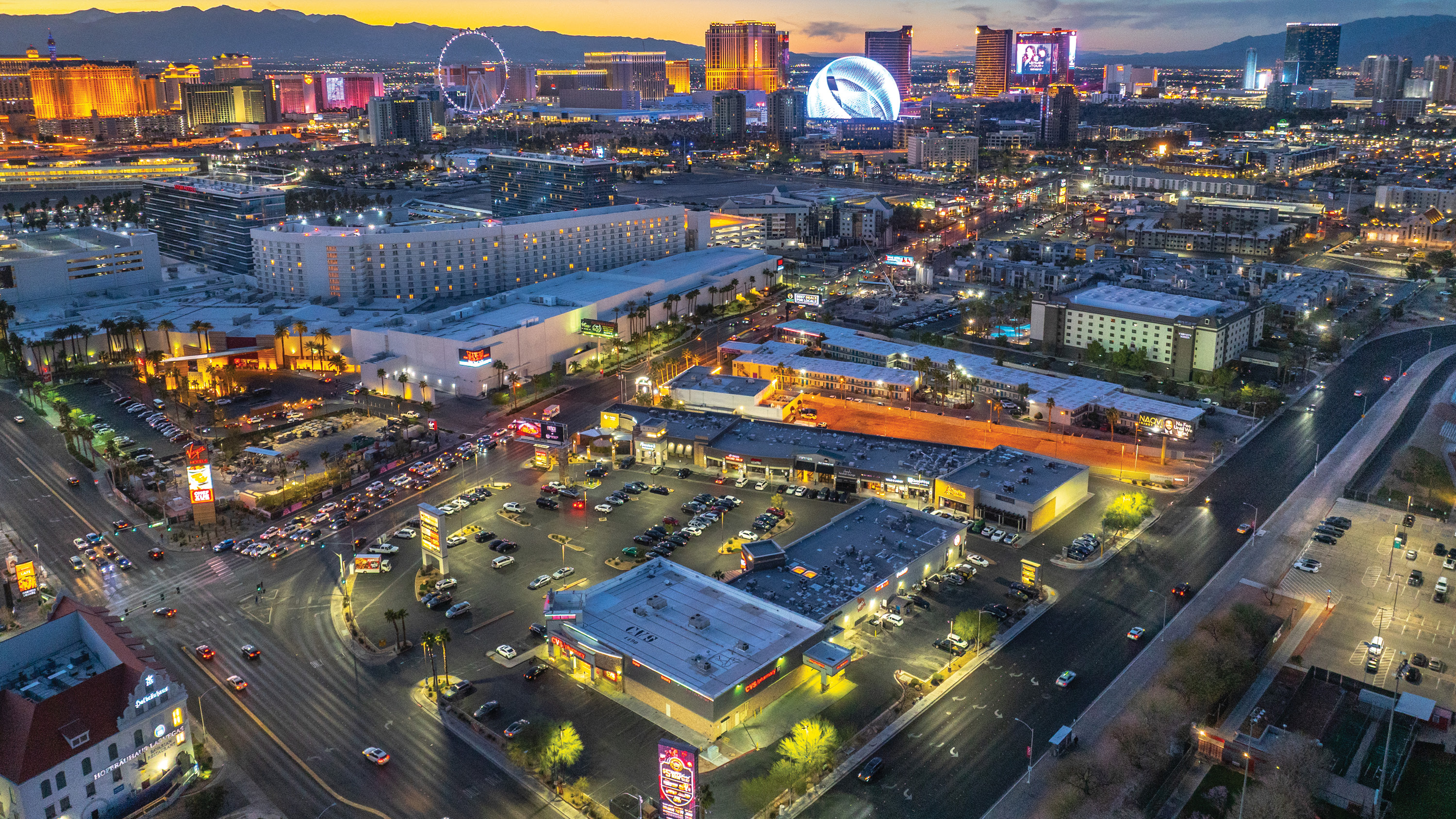Retail rents rise amid return to travel, shopping
What does the resurgence in retail mean for shoppers and retailers in Asia Pacific?
Retail rents are experiencing a resurgence across the Asia Pacific (APAC) region, with tourism and in-store shopping back in swing.
The region recorded a marginal uptick in retail rents during the second quarter, indicative of a stabilising market after three years of rental declines.
“Retail footfall in selected markets has surged as consumer demand remains resilient and the tourism sector rebounds,” says Benjamin Bayon, Regional Solutions Lead, Retail, JLL.
This positive trend has instilled confidence among retailers on a broader scale, he says.
A significant catalyst for the recovery has been the inflow of Chinese tourists following the easing of restrictions.
Take Hong Kong, where rents surged 8.2% over the past year, JLL data shows. Retail sales in the city are projected to grow 6.1% annually between now and 2027, marking the highest growth margin in APAC.
Strong performance in the high-end luxury segment is also driving the rebound in retail rents. Notably, Japan outperformed the rest of the APAC region with a rental growth of 9.2%.
“The mature Japanese market was expected to slow down, but luxury, fashion and cosmetics retailers not only cushioned the impact of the pandemic but also spurred growth,” says Bayon.
Looking for more insights? Never miss an update.
The latest news, insights and opportunities from global commercial real estate markets straight to your inbox.
The changing face of retail
Along with the resurgence comes a distinct transformation in the retail landscape, prompting retailers to elevate their strategies to meet the heightened expectations of today’s consumers.
A popular strategy to entice shoppers back to stores has been the design of unique in-store experiences.
At the two-storey Shanghai flagship store for Sydney bakery Black Star Pastry, the ground floor is a café and retail space designed like a spaceship, while the top floor is an exhibition-style gallery that doubles up as a tearoom in the afternoon and a cocktail lounge by night.
“Even retail banks have been switching things up by creating more informal spaces or integrating co-working spaces and cafés within their branches for a differentiated experience,” says Bayon.
Three in 10 customers surveyed by JLL globally say that they are more likely to visit a bank branch if it resembled a café where they can plug in, hang out, and work.
Shopping malls, too, have been ramping up efforts to attract younger consumers, mainly by placing greater emphasis on the tenant mix. Take Hong Kong’s K11 Art Mall, which relaunched in end-2021 after a makeover to target Gen-Z shoppers. The mall hosts art exhibitions and refreshes its line-up of local boutique brands and limited pop-up stores regularly.
“Retailers are increasingly receptive to the idea of pop-ups because the fit-out is cheap and the rent commitment is short-term,” says Bayon. “Such concepts also appeal to consumers who are actively seeking out unique experiences and eager for exclusivity.”
Consumer expectations evolve
This pivot by retailers is in line with the evolution of the modern consumer and their purchasing habits.
“The pandemic tightened consumers’ budgets and has made them more discerning,” says Bayon. “They are conducting in-depth research and comparing products before buying, which makes them less likely to make impulsive purchases.”
Consumers are also actively advocating for the environment, forcing retailers and brands to take a stand and realign their sustainability practices. For instance, athleisure label Lululemon launched an official resale initiative to resell lightly used clothing or allow customers to trade their own apparel for store credit.
Investment Opportunities
“Brands with net-zero carbon targets, such as Starbucks, are exploring zero-emission fit-outs when renovating stores and setting goals to ‘green’ their supply chains,” says Bayon.
By 2025, three in four retailers are expected to implement supply chain targets that tie carbon emissions to product development and supplier selection, according to data from market intelligence firm IDC.
As new trends continue to emerge, the retail sector is gradually returning to normalcy, fuelled by an optimistic outlook.
“Retail rents will take time to return to pre-COVID levels, but we can expect a complete recovery of retail sales across the region within the next five to seven years,” says Bayon.
Contact Benjamin Bayon
Regional Solutions Lead, Retail, JLLWhat’s your investment ambition?
Uncover opportunities and capital sources all over the world and discover how we can help you achieve your investment goals.




